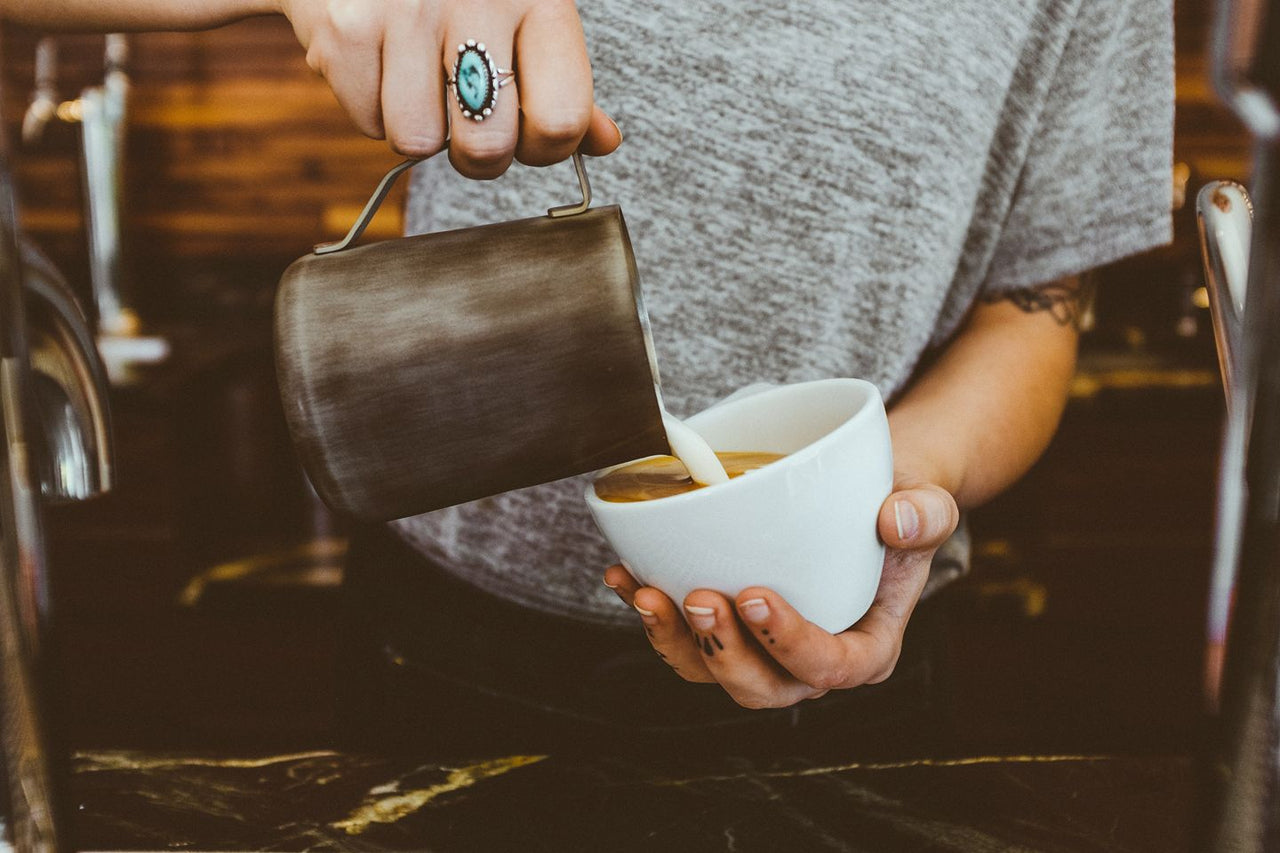News and Upcoming Events
Caravaning in Andalucia, Part 4
April 06, 2015 | Caravan Coffee
News and Upcoming Events
April 06, 2015 | Caravan Coffee
Farther north of Granada, we cross the plains of Andalucia, where olive groves dominate the scenery, and arrive in Cordoba. Our hosts, Maria and Javier, put us up in a room built on their second-floor patio overlooking the city. This is Maria’s family home, which she inherited from her grandmother. The house is hundreds of years old and from the patio we can almost reach out to touch the oldest church in Cordoba, built about 500 years ago.
Contrasting our previous home stays on this trip, Maria and Javier are a modern Spanish family who own a car, both work outside of the home, and have laptops on their kitchen counter. What really confirms this impression for me is the Kuerig in our room, complete with foil-wrapped coffee pods. Convenience over quality and ecology is not just an American problem.
The Mezquita is on our priority list to see. This is an ancient Moorish Palace with unique arches that are striped red. Most remarkable is that the Catholics built a cathedral inside this palace after they reconquered Andalucia from the Moors in the 17th century. The cathedral’s Renaissance architecture juxtaposes the Moor’s Palace. Most notably, the statue of St. James the Moor-Slayer is the transition between the two spaces. Here, St. James rides his stallion with his sword high, trampling underfoot the body of a recently-beheaded Moor.
 After the Mesquita, we walk down to the river and cross the Roman bridge, built in the first century. We are reminded that even before the Moors, came another conqueror: the Romans reached the farthest stretches of the Iberian Peninsula over two thousand years ago. From this historic reflection we head out for tapas. As we head up the hill through windy narrow streets, we get lost and finally, about 1 am, we come across a bar with an open door and emanating laughter. As we walk in, the laughter stops and the dozen men on bar stools look at us with indignant eyes. We have broken the unwritten code that this space is for men only.
After the Mesquita, we walk down to the river and cross the Roman bridge, built in the first century. We are reminded that even before the Moors, came another conqueror: the Romans reached the farthest stretches of the Iberian Peninsula over two thousand years ago. From this historic reflection we head out for tapas. As we head up the hill through windy narrow streets, we get lost and finally, about 1 am, we come across a bar with an open door and emanating laughter. As we walk in, the laughter stops and the dozen men on bar stools look at us with indignant eyes. We have broken the unwritten code that this space is for men only.
We order two glasses of vino tinto and sit at a table across from the bar. We sip and smile as the locals continue their rivalry and suddenly the bartender begins to sing a Flamenco song and the patrons join in with the arabian rhythmic clapping of hands. The old man sitting at the far end of the bar gets up and approaches Krista, who thinks she is invited to dance and stands to greet him. He holds her hand and guides us back toward a room behind the bar. All patrons follow, the light is turned on, and to our astonishment we see four mounted bull heads (minus ears). The old man continues telling us about his bullfighting days (we think), drawing our attention to the black and white photos of matadors and their bulls.
The next morning our host tells us we came across the legendary tailor of the Matadors from the 1950’s. He was famous not for the demise of the bulls, but for outfitting the brave bull fighters in Andulacia. We walk down the street from our flat for breakfast to a modern-style cafe with windows overlooking Roman ruins. The customers are mostly men and women in business suits, starting with their toasted bread soaked in olive oil and tomato paste. We order our espresso, once again served with hot thin steamed milk. Again the espresso is not bad, just lacks punch (mostly from staleness). From here we head out for more pictures and adventures.
Our caravaning: Some places you visit are old and some are really old. Espresso in Andulacia, if unremarkable, is predictable and gets the job done.
The post Caravaning in Andalucia, Part 4 appeared first on Caravan Coffee.
